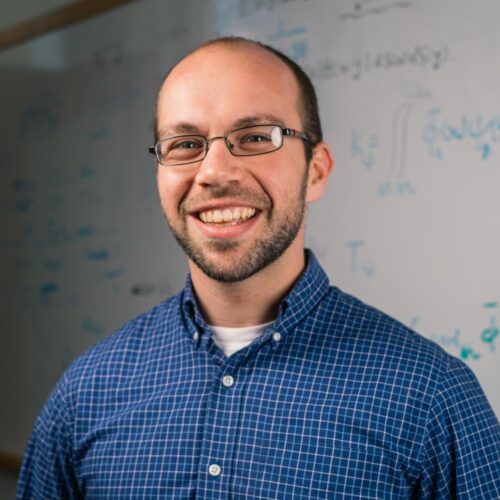CSE Distinguished Seminar | Justin Solomon
Prof. Solomon's Website
Abstract
More often than not, we can understand geometry processing methods through the lens of optimization: Techniques for 3D shape editing, simulation, fairing, correspondence, and other tasks can be understood as minimizing a potential function whose variables are associated with a piece of geometry. For this reason, algorithms for large-scale optimization are the unsung workhorses of geometry processing software. Geometry processing problems, however, are structured very differently from problems in domains like machine learning, and hence popular algorithms like gradient descent can fail in unexpected ways in this domain. In this talk, I will summarize lessons learned from designing bespoke large-scale optimization algorithms for geometry processing problems including parameterization, deformation, correspondence, and simulation. Drawing examples from our team’s research, I will demonstrate how carefully-designed optimization algorithms can improve the efficiency, stability, and reliability of geometry processing software.
Bio
Justin Solomon is an associate professor of Electrical Engineering and Computer Science in MIT’s Computer Science and Artificial Intelligence Laboratory (CSAIL). He leads the MIT Geometric Data Processing Group, which studies problems at the intersection of geometry, large-scale optimization, and applications in machine learning and graphics.